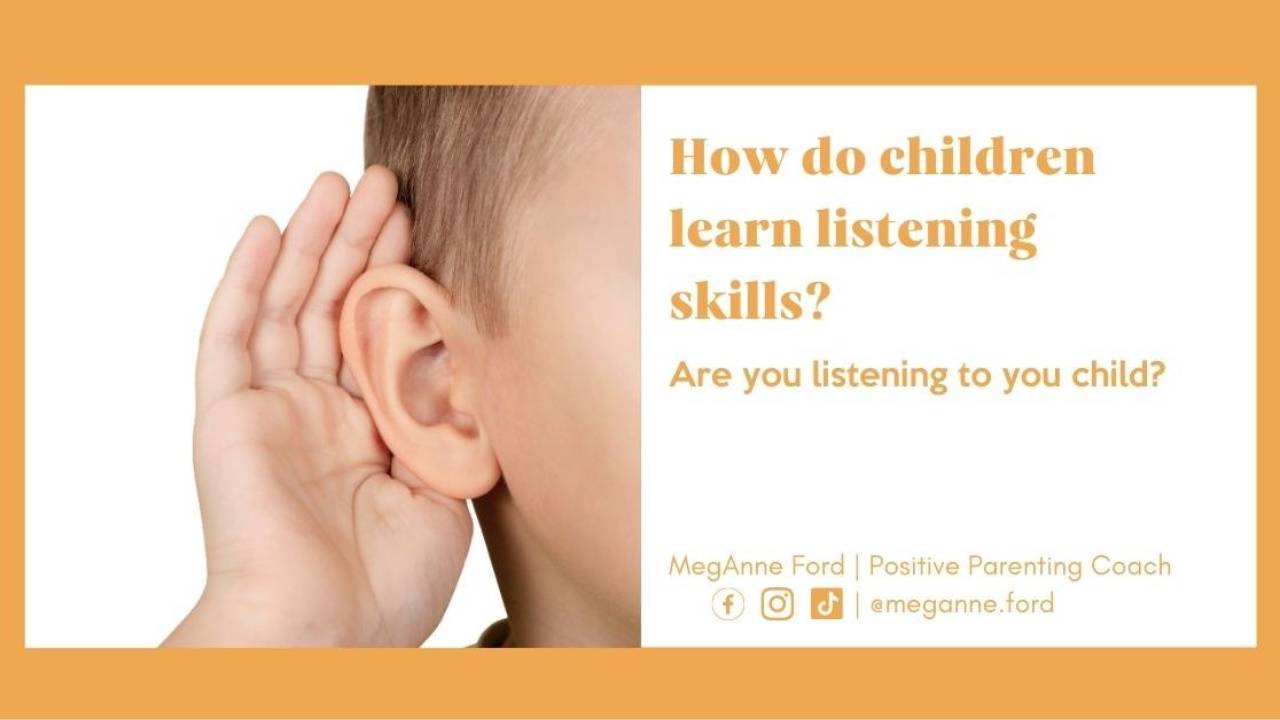
What does the “FREEZE” Response look like?
Nov 23, 2023
hand model of the brainDisclaimer: I invite you to take care of yourself while you read. This content can be triggering, so take a break if needed. This information is for awareness and entertainment and not to be a substitute for professional mental help.
I am a parenting coach. I work with parents to help them build and maintain parenting tools that work inside their home.
The more we know as adults, the more empowered we can be in stressful situations with the little ones in our care.
Takeaways
- The freeze response is an adaptive mechanism where, in the face of a threat, individuals may disconnect or disassociate temporarily to immobilize and stay safe.
- The freeze response can manifest adaptively, aiding in self-protection, or maladaptively, leading to immobilization and feeling stuck, especially under pressure to make decisions.
- To extinguish stress, provide support, understanding, and reassurance rather than adding more stress like gasoline. Regulating the nervous system, practicing patience, and building social-emotional skills are effective strategies to navigate stress positively.
You can WATCH or LISTEN to this content
Our Nervous System Keeps us Alive.

Our brains are designed for survival.
When we sense a threat, our brains work to protect us. They fill in gaps and make assumptions to identify dangers.
These responses can be helpful, but sometimes they misinterpret things.
For example, they might confuse a tiger with a harmless kitty cat when crucial details are unclear, and this can trigger a threat response.
In certain situations, these defenses are necessary, but when we perceive threats that aren't real, our responses become maladaptive.
Our nervous system plays a key role in these responses.
When we face challenges, our brains process information from the bottom up, starting with questions like, "Are we safe? Are we loved?"
Using Dan Siegel's hand model of the brain, we work towards ensuring both physical and emotional safety.
This helps us bring our brains back online, using language and logic to navigate through stress.
How to recognize stress responses
To recognize stress, we tune into our body's responses.
Physiological signs include dilated pupils, heightened sensitivity to sounds, and a faster heartbeat.
As a teacher, I often notice mouth breathing, a signal that our body perceives a threat.
When I was learning to run, it was a big challenge to figure out how to breathe properly.
Every new runner, like me, often ends up being a "mouth breather."
This can be frustrating because it activates our body's stress response.
It took a lot of time, practice, and patience to become a calm and in-control breather while running.
I even remember being on the treadmill, holding my mouth shut, coaching myself to breathe in through my nose and out through my mouth.
Just thinking about it activates that "mouth breathing" feeling.
Once we become aware of this, we can activity coach ourselves to navigate through the stress.
Other indicators include tense muscles, fluttering stomach, racing thoughts, reduced pain perception, and increased cortisol and adrenaline levels.
Understanding these stress responses helps us become aware of our own stress and observe it in others.
The Freeze Response

When the Freeze Response is Adaptive:
When threatened, freeze types protect themselves by disconnecting or disassociating. This adaptive process helps us become temporarily detached from the threat, allowing us to immobilize and stay safe.
Freezing is like standing very still, just like in Jurassic Park when people hide from T-Rex.
The idea is not to move so the T-Rex doesn't see you. It's a bit like playing hide and seek when you stay quiet and still, hoping no one finds you.
Freezing helps us become like a chameleon, trying to blend in or become camouflaged so the threat might lose interest and move away.
It's an adaptive process, like when we want to blend in with others in a space where we might feel threatened or uneasy.
When the Freeze Response is Mal-Adaptive:
When the freeze response moves into maladaptive ways, it can become inhibiting or limiting.
It might make you feel immobilized, like when you're under pressure to make a decision and your brain just shuts down. It's as if your brain says, "This is a threat, turn off," and you become stuck or frozen.
Parents, for example, might feel stuck and not know what to do, locking into a freeze response.
Sometimes, people mistakenly think that someone in freeze mode doesn't care or isn't paying attention, but it's actually the opposite.
The freeze response means they are hyper-tuned in and hyper-aroused, like a cat stalking its prey, trying to go unnoticed so it can plan its next move.
When we played hide and seek, even though we weren't moving or talking, our internal world was active and alert.
The freeze response can be observed in someone feeling panicked or overwhelmed, unable to move or make decisions.
They might appear numbed out or spaced out, experiencing a sense of being frozen and unable to act.
People in freeze mode may shut down, disengage, or isolate themselves, and it's crucial to understand that this behavior doesn't mean they don't care.
In fact, it's a sign that they care so much their system is overwhelmed. They may retreat from support spaces, hoping the overwhelming feelings will go away.
It's important to recognize these signs, offer help, and understand that verbal unresponsiveness is a part of their freeze response.
How does the Freeze response manifest itself?

When I'm overwhelmed, I sometimes stop texting my best friends because casual conversations feel too much to handle.
It's like my brain's logic part shuts off, and I become stunned, unable to engage.
Someone in a freeze response might repeat phrases like "I don't know" because their executive brain is turned off.
They can seem apathetic, losing interest, or feeling helpless, like a deer caught in headlights.
It's crucial to understand that this behavior is a response to a perceived threat, not an attempt to give others a hard time.
In these moments, being present, attuning, resonating, and building trust is essential, as failure to do so can rupture connection and understanding.
How do you respond when someone is in freeze?

Fuel
When we notice someone experiencing a stress response or going through a freeze response, it's crucial to act as an extinguisher rather than adding more stress, like gasoline.
Acting as gasoline means adding pressure, making quick movements, having a loud voice, or using punishments, which can exacerbate their distress.
Extinguisher
Instead, being an extinguisher involves creating a supportive environment.
It means offering understanding, remaining calm, and providing reassurance.
It's about helping the person feel safe and supported rather than intensifying the stress they're already facing.
This approach aims to build trust and connection, making it easier for the person to navigate through their stress with a sense of support and understanding.
Another extinguisher is to regulate our nervous system, allowing us to co-regulate with theirs.
This involves offering connection and creating spaces where they feel seen and heard.
By practicing power-with strategies, we strive to be on the same page as them, avoiding inadvertently becoming a threat.
Patience becomes a key element, especially in moments when we feel the least amount of patience.
It's about fostering an environment of understanding, empathy, and support to help them navigate through their stress response and, in turn, facilitate a more positive and collaborative interaction.
Practicing patience to connect
Think about leaving to go somewhere, and everything goes your way—all green lights, no traffic.
You roll down the windows and enjoy the easy drive.
But that's not where we practice patience there is no resistance.
The real test is when we encounter red lights, run late, or face traffic.
These moments challenge our patience, requiring us to slow down.
This is how we find a balance between flowing smoothly and facing resistance. It's crucial to recognize that the exact moments testing our patience are the moments we're strengthening it.
Commercialized Practice
Our patience is like weightlifting.
I was watching a reality show, and a guy lifted light weights for the show.
People who are unaware might think it's intense, but my husband, who is a personal trainer, was aware—it's just a display.
Similarly, practicing patience in easy times is like lifting light weights.
Real strength comes when faced with resistance, testing, and strengthening the patience muscle.
Another way to be an extinguisher is to build social-emotional skills.
Diversifying and practicing these skills yields a high return. Learning through support, asking for help, and valuing relationships enhance these skills for shared benefit.
Now what?
Understanding stress responses is valuable work. Can you distinguish between threats and harmless situations?
It's an investment in navigating stress with children, interpreting their behaviors as communication.
Seeking help and support is crucial to distinguish the "Tigers" from the harmless "cats" and navigate maladaptive and adaptive responses.
This work is worthwhile, contributing to better connections and communication with your children through their stressful moments
We can be the cycle breakers. The method that I have created can help you to be a cycle breaker. Subscribe today to break the cycle intentionally.










